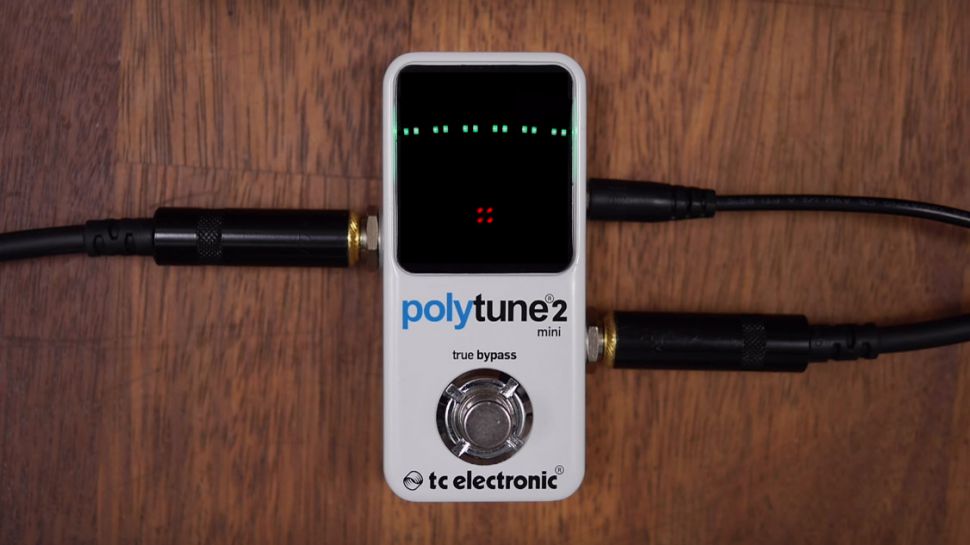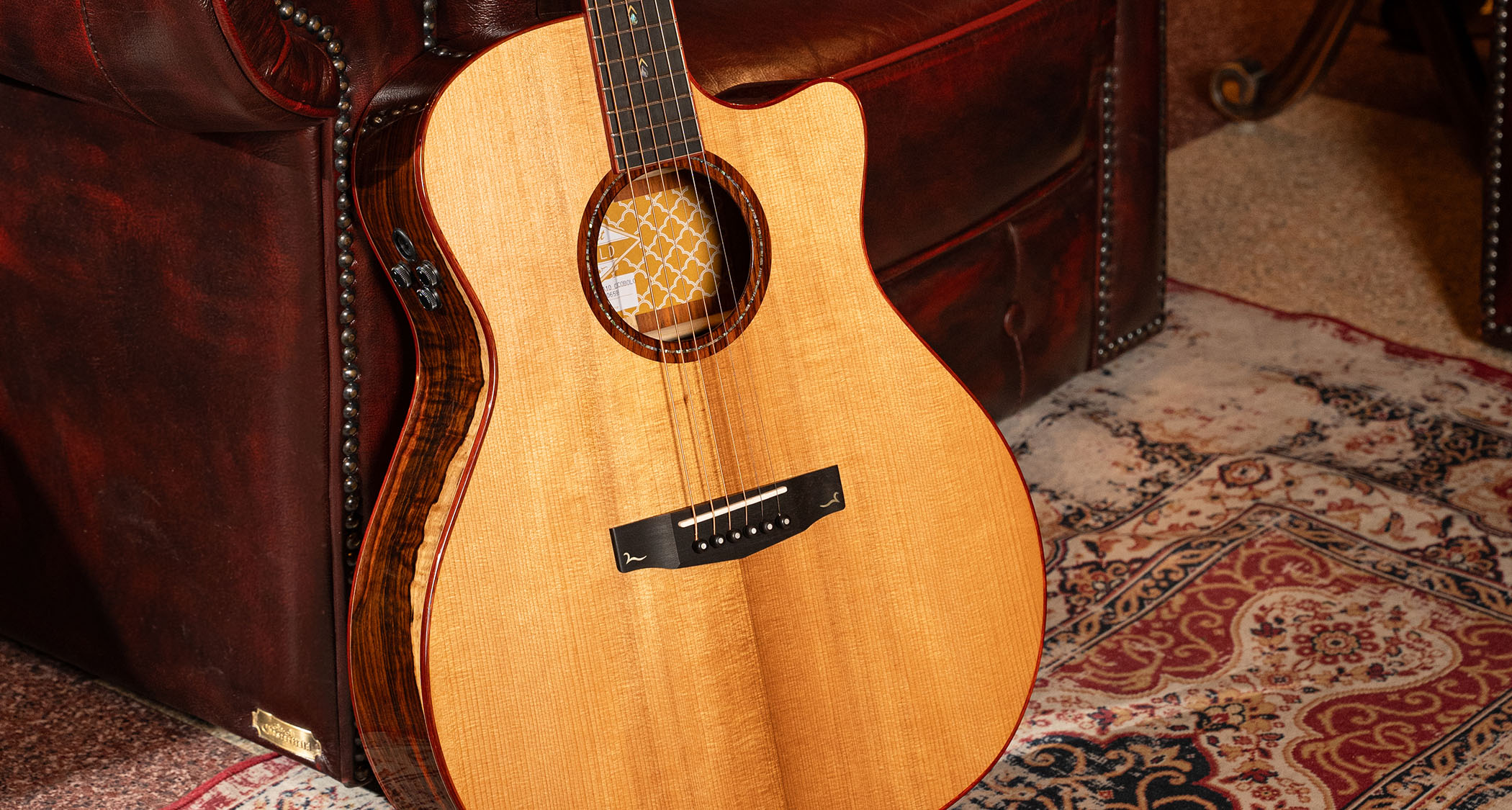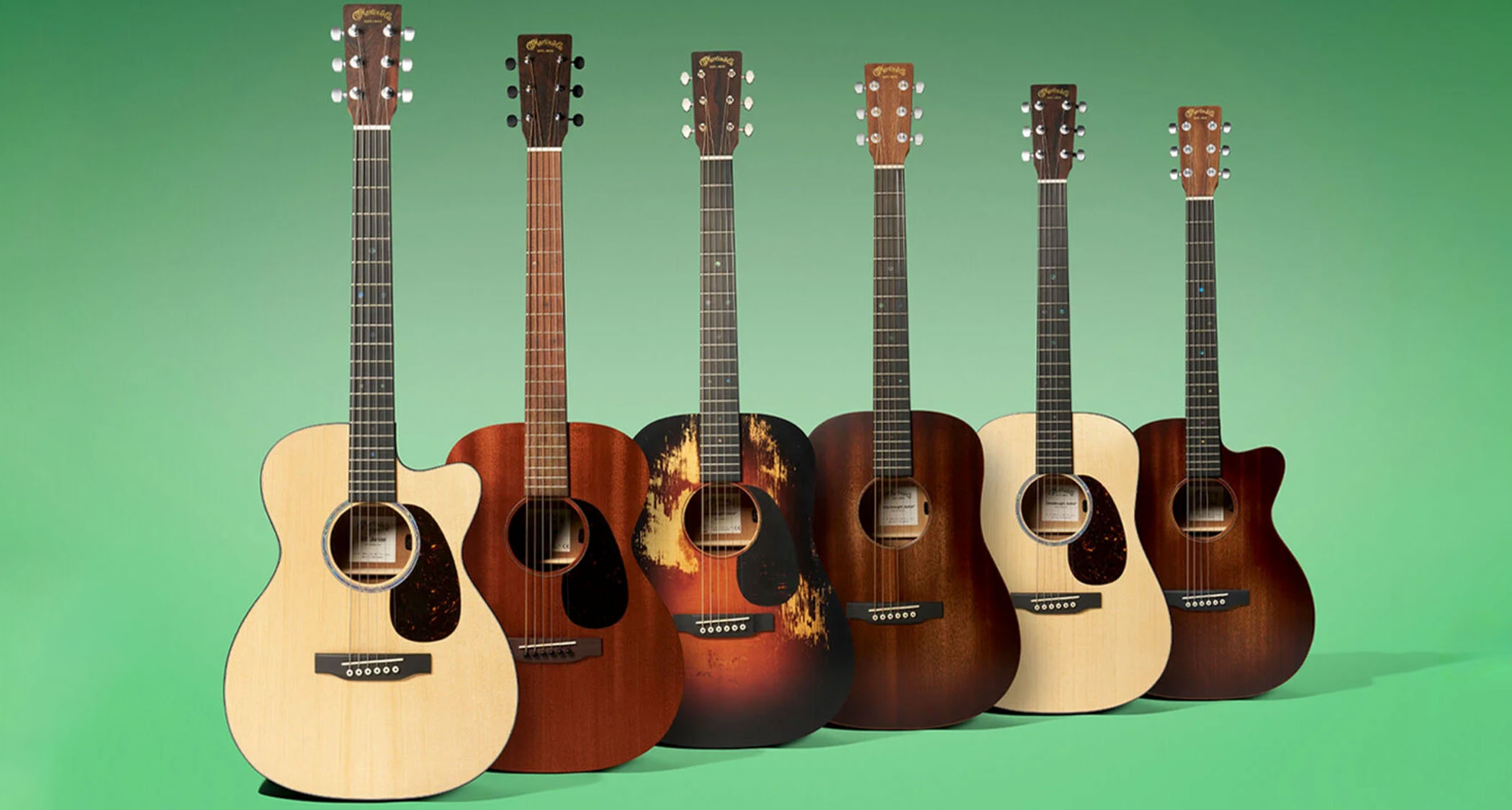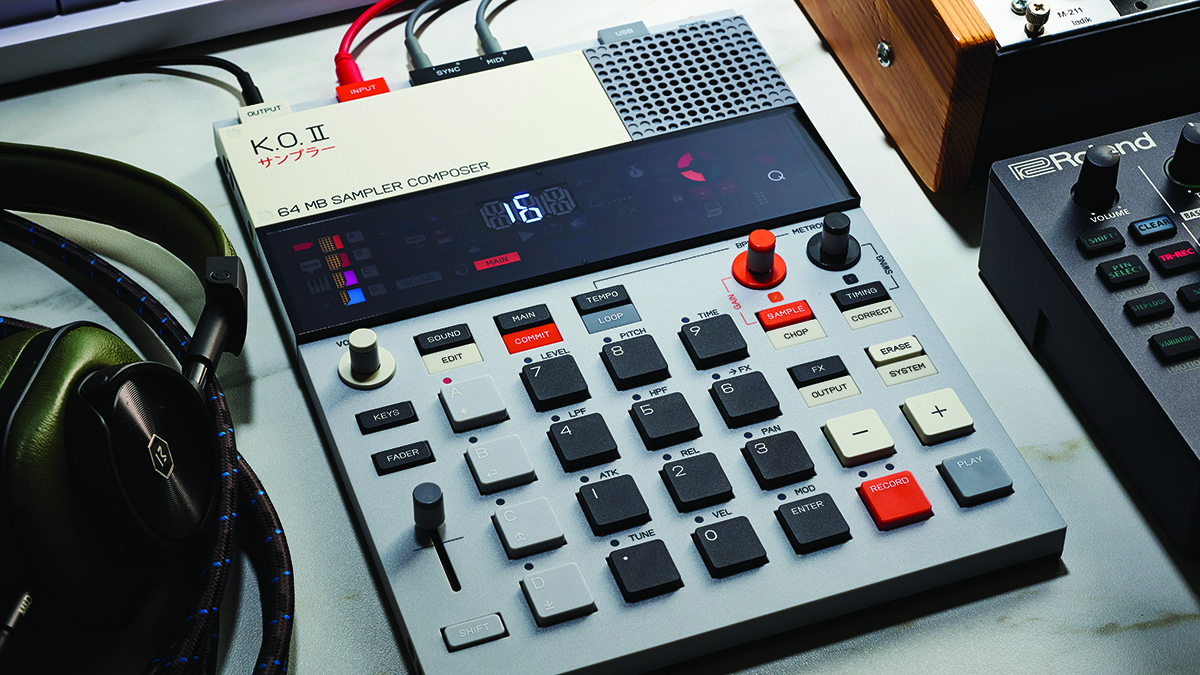4 alternate guitar tunings you need to know
Get to grips with four creative ways to retune your guitar

ELECTRIC GUITAR WEEK: As the first tuning you learn when you start playing the guitar, ‘standard’ EADGBE tuning should be familiar to most guitarists. Any change to these notes is known as an altered or alternate tuning.
Electric Guitar Week is brought to you in association with Fender. Check out the Electric Guitar Week hub page for more tips and tutorials
There are simply dozens of different tunings to try out, all used primarily as a way to reimagine the fretboard and introduce new sounds and a new way of playing guitar.
In many tunings the notes on the fretboard will seem unfamiliar but what's really fantastic about different tunings is that you can often find new and exciting shapes and sounds purely by accident.
Guitarists such as Keith Richards, Kim Thayil and Derek Trucks, amongst many others, use altered tunings to create their unique voice and identity on the guitar.
Your only real concern when using a different tuning is ensuring that your guitar is set up to manage the altered string tension easily. Vibrato systems will make re-tuning really difficult, so a guitar with a fixed bridge is the best option while you experiment.
Electric Guitar Week is brought to you in association with Fender. Check out the Electric Guitar Week hub page for more tips and tutorials
Get the MusicRadar Newsletter
Want all the hottest music and gear news, reviews, deals, features and more, direct to your inbox? Sign up here.
1. Drop D post-grunge riff (DADGBE)

Guitarists often only think of drop D as a way to make easy one-fingered powerchords. As you can see here, a little adjustment on this basic powerchord shape can elicit some interesting intervals such as the sus2 and #4 as well as the almighty two-octave powerchord shown in bar 3, which sounds epic with dollops of distortion.
2. Open G Stones style riff (DGDGBD)

The classic ‘Keef’ sound from the Rolling Stones’ back catalogue is easy to achieve with this tuning. We’ve provided a handful of similar chord shapes that sound great as ad libs over major chords. These shapes will work particularly well in a I-IV-V blues progression, but there’s nothing to stop you moving them all around the fretboard.
3. Jimmy Page-style riff (DADGAD)

DADGAD tuning is often associated with fingerstyle folk; Jimmy Page used it in Led Zeppelin’s epic Kashmir riff. The notes of the tuning form a Dsus4 chord (D G A), and, though it may feel alien at first, its rich, open sound is very rewarding. Notice the semi-circular ‘anti-accent’ lines under certain chords; these tell you to play more gently.
4. Open E tuned slide lick (E B E G# B E)

Tuning all the strings so that you hear a major chord is ideal for slide guitar. It allows you to place your slide across one fret and pick out any of the six strings. Ideally, place your slide on your third finger, with the first and second fingers sitting on the strings behind the slide to keep string noise to a minimum.
Practice plan
- One minute: Play through one exercise slowly
- Two minutes: Slow down further and focus on tricky parts such as position shifts
- Two minutes: Gradually build your playing speed
- Try out the other examples
We recommend using these ideas as a springboard for your own ideas in each tuning. Identify chord shapes or short phrases that you like, then try moving them around the neck.
There are several different shapes in the DADGAD example that will sound great in other fretboard positions. You could even try the shapes from one tuning in the other tunings! After all, the whole idea of altered tunings is to totally re-order the notes and make you think outside the box!
Total Guitar is Europe's best-selling guitar magazine.
Every month we feature interviews with the biggest names and hottest new acts in guitar land, plus Guest Lessons from the stars.
Finally, our Rocked & Rated section is the place to go for reviews, round-ups and help setting up your guitars and gear.
Subscribe: http://bit.ly/totalguitar













